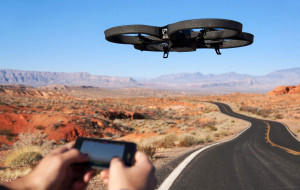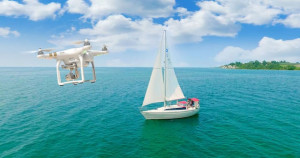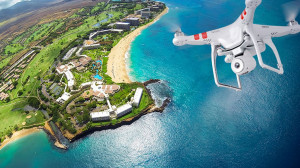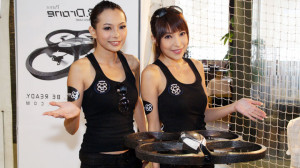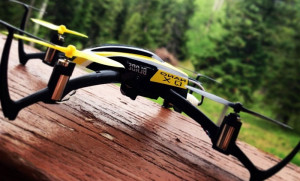Once drones were top-secret technologies, today everyone can get a personal drone that can take selfies, panoramic shots and participate in races. If you want to get one, you need to know how to choose the best quadrocopter for specific purposes.
- Speed
Speed and shooting are incompatible, so if you buy a drone to look into a neighboring yard or take a panoramic shot of a mass event, it makes no sense to pay half the amount for a speed of 50 km / h.
- Number of blades and protection
Propellers belong to the main risk group, as this is what breaks when falling in the first place. When choosing a drone, pay attention to its size. The larger the blades, the more weight this device will be able to lift, but then the battery gets discharged faster. A drone with massive screws is more suitable for shooting, it is more stable in the air. Small propellers are ideal for high-speed movement and for drones that will perform different feints.
If the propeller is three-bladed, the drone will be faster, which is important for racing devices, but a model with such screws is not suitable for aerial photography due to strong vibration. To protect the drone from damage during landing, choose models with “legs”, or, as they are also called, brackets made of polymer with rubber nozzles. When landing, they will mitigate the vibration and soften the blow.
- Flight radius
For budget models, the flight range is from 30 to 100 m. Expensive models can fly up to 5000 m, but they can cost as an inexpensive car, about $ 2000.
- Camera
The camera with a resolution of 10-14 megapixels is considered optimal. Options with a 4K camera or shooting in Full HD resolution will cost more, and they weigh more, so the drone must have more dimensions for its lifting.
Considering the parameters of the camera, pay attention to the ability to see the video. Budget models record on a microSD-card during the flight, and you can see the recorded video only after the UAV lands. Expensive models broadcast video over Wi-Fi to the user's smartphone. Such copters are labeled FPV (First Person View).
For the pictures to be clear, the gimbal must have a minimum of three-axis stabilization on the drone. These parameters are indicated in the characteristics of the device.
- Custom assembly option
Beginners should choose drones whose box has the abbreviation RTF (Ready-to-Fly) - this means that the copter is already assembled and ready to fly, and its owner only needs to charge the battery and screw the propellers. If you are going to participate in races of copters, buy models with individual assembly.
- Dimensions
The larger the drone, the heavier and more resistant to gusts of wind it is.
Copters with a diagonal distance of less than 200 mm from one screw to another are designed for indoor use.
Models with a diagonal distance from one engine to another of about 250 mm are stable outdoors, but only in good calm weather and are recommended for beginners, because during falls, the risk of damage is lower due to a small weight.
Drones larger than 350 mm in diagonal are dimensional and can resist wind and are quite easy to control. Among them, there are models with both a built-in camera and the ability to suspend it.

